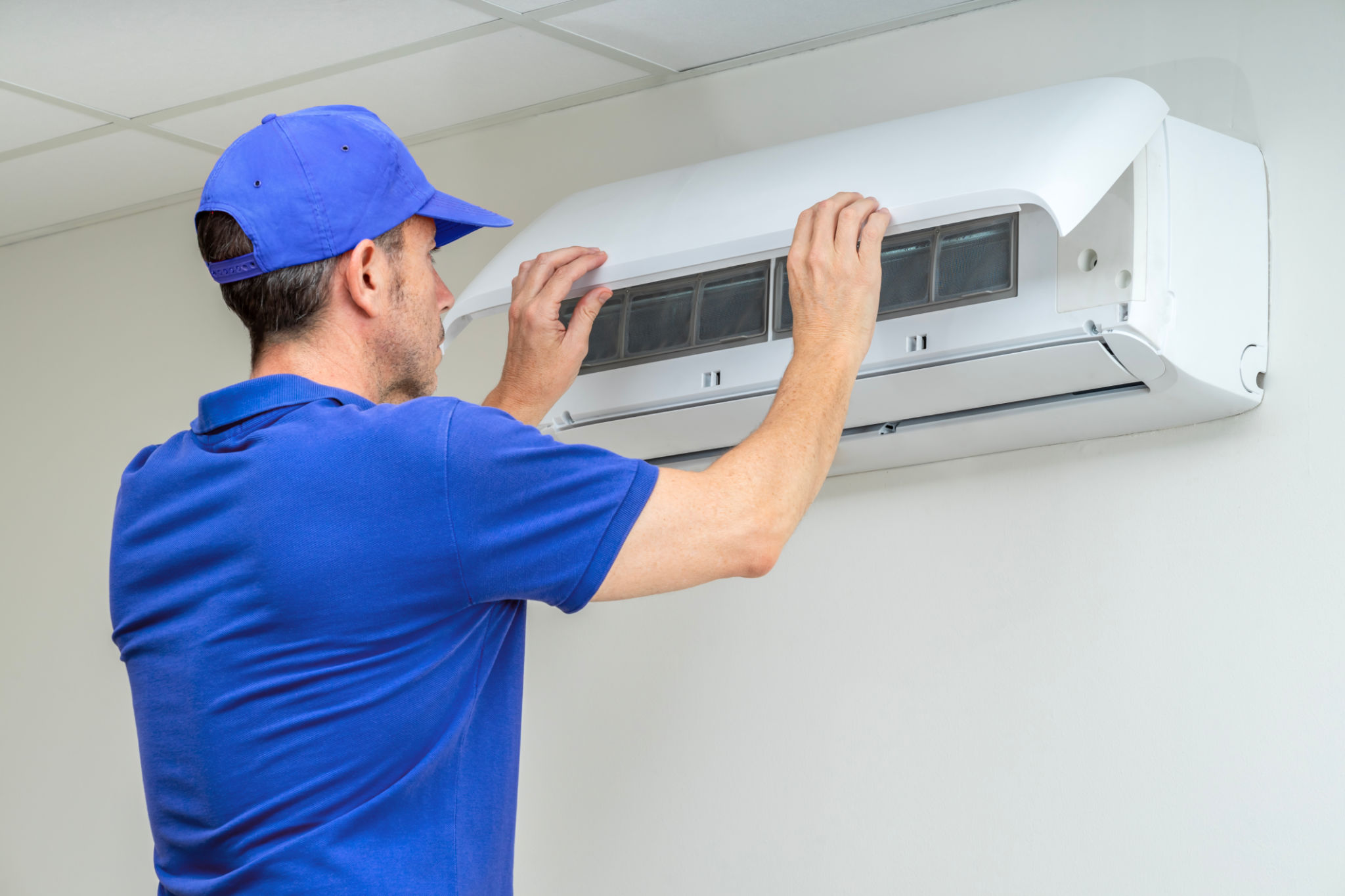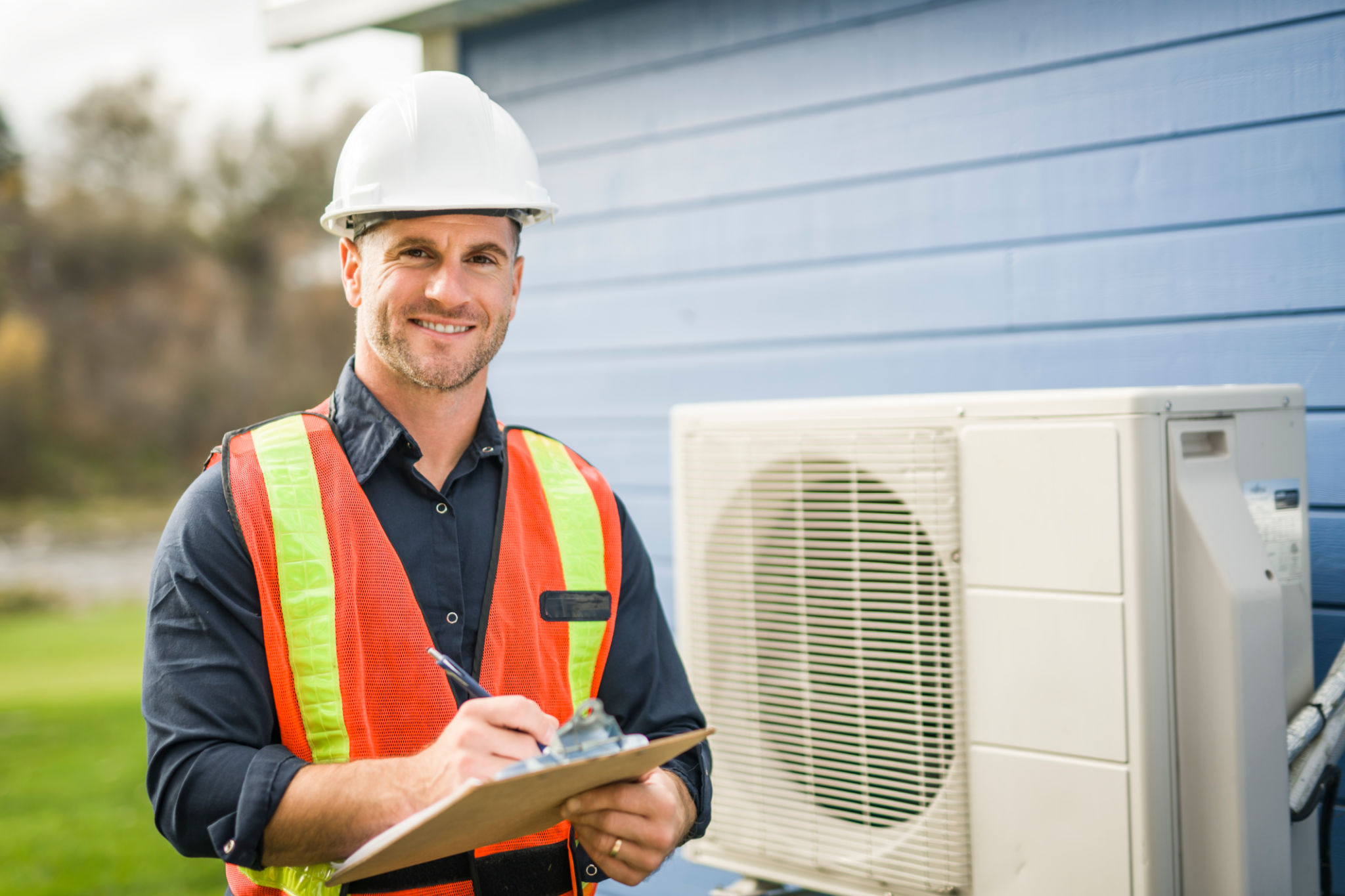Local Regulations: What You Need to Know About Installing HVAC Systems in WA
Introduction to HVAC Installation Regulations in WA
Installing an HVAC system is a major investment for homeowners and businesses alike. In Washington State, there are specific regulations that must be followed to ensure safety, efficiency, and compliance with local laws. Understanding these regulations is crucial for a smooth installation process. Whether you're a homeowner or contractor, being informed can save you time, money, and hassle.

Why Regulations Matter
Regulations around HVAC installations are designed to protect both property and people. They ensure that systems are installed safely and function efficiently, minimizing risks associated with faulty installations. Additionally, following the proper regulations can prevent costly fines or the need for reinstallation.
Building Permits and Codes
Before starting any HVAC installation, obtaining the necessary building permits is a must. In Washington, permits ensure that the installation meets local building codes and standards. These codes cover various aspects like electrical wiring, system placement, and energy efficiency. It's important to check with your local building department for specific requirements in your area.

Energy Efficiency Standards
Washington State has implemented energy efficiency standards to reduce environmental impact and utility costs. When installing new HVAC systems, it's essential to choose models that meet or exceed these standards. Look for systems with high Seasonal Energy Efficiency Ratio (SEER) ratings, as these are more energy-efficient and could qualify for rebates or tax incentives.
Licensing Requirements for Installers
Only licensed contractors should install HVAC systems in Washington. Licensed professionals are familiar with state regulations and ensure that installations comply with all necessary standards. When hiring a contractor, verify their license and insurance to protect yourself from liability and ensure quality workmanship.

Inspection and Compliance
After installation, an inspection by a certified official is typically required. This ensures that the system is installed correctly and is safe to operate. The inspection process involves checking the system against installation specifications and local codes. Passing the inspection is necessary to finalize the installation process legally.
Common Pitfalls to Avoid
Many people face challenges during HVAC installations due to a lack of understanding of local regulations. Common mistakes include failing to obtain necessary permits, not adhering to energy efficiency standards, or hiring unlicensed contractors. Avoiding these pitfalls requires diligence and a willingness to engage with local regulatory bodies.

Conclusion
Navigating the regulations surrounding HVAC installations in Washington can seem daunting, but it doesn't have to be. By staying informed about local building codes, energy efficiency standards, licensing requirements, and inspection processes, you can ensure a successful installation. Remember, compliance not only ensures safety and efficiency but also protects your investment for years to come.